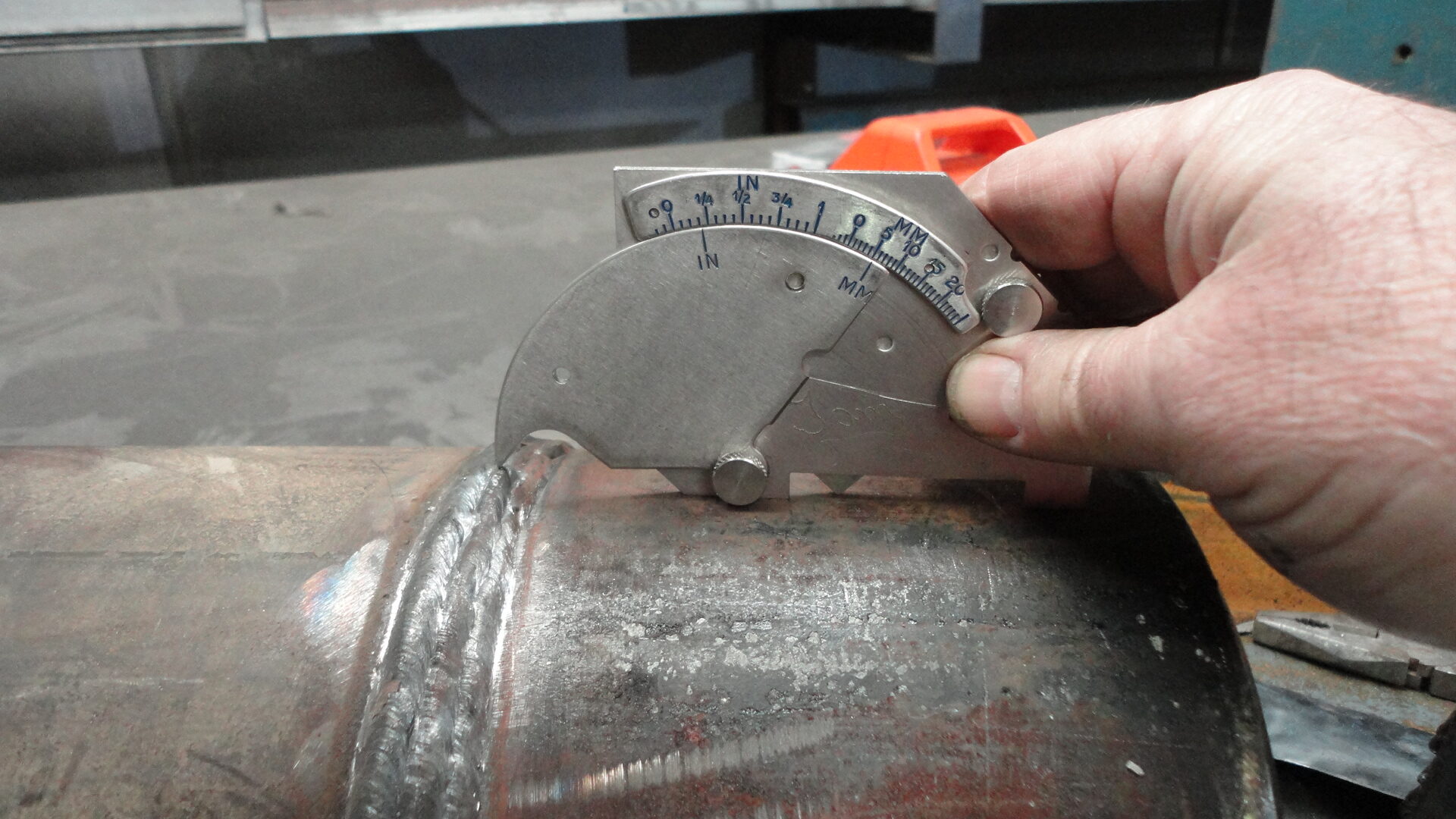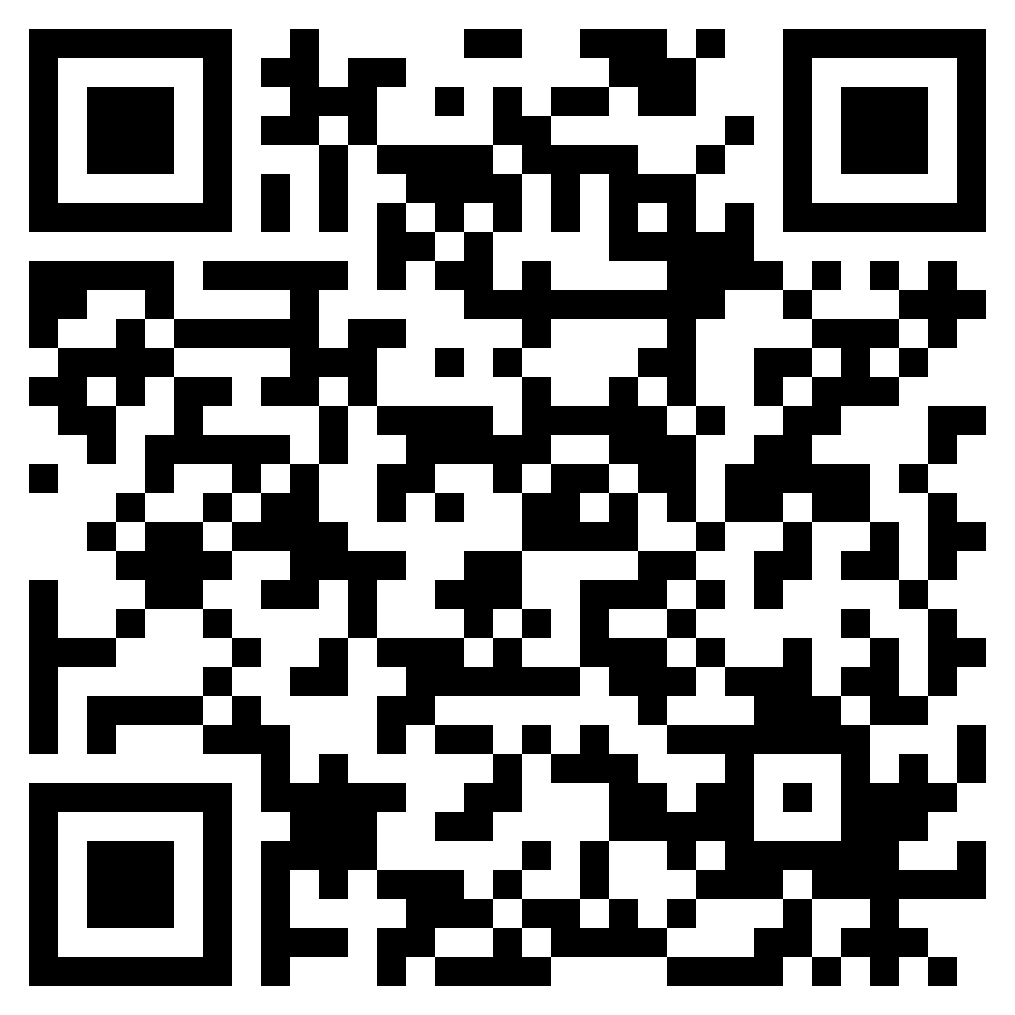Comprehending the Relevance of Welding Examination in Ensuring Structural Stability and Security Throughout Different Industries
Welding inspection is an indispensable process that safeguards structural stability and security across diverse markets. As we explore the ins and outs of welding inspection, the inquiry emerges: what are the most critical variables that add to reliable examination processes?
Role of Welding Inspection
While the integrity of bonded frameworks is extremely important to safety and security and efficiency, the duty of welding assessment can not be overstated. Welding inspection works as a vital top quality control process that ensures the adherence to developed requirements and specifications throughout the welding operation. By systematically evaluating welds for issues, incongruities, and non-compliance, examiners play a critical role in guarding the honesty of structures across numerous markets.
Welding assessments include a series of activities, from pre-weld analyses to post-weld examinations. These analyses not only identify potential concerns before they rise but additionally enhance the general reliability and life expectancy of bonded elements. Welding Inspection Milwaukee. Assessments assist to verify the ability and proficiencies of welders, ensuring that welding procedures are implemented appropriately and materials are suitable
Furthermore, a strenuous evaluation protocol fosters compliance with governing needs and market requirements, decreasing the threat of tragic failings. By advertising a society of safety and responsibility, welding inspection adds dramatically to both economic and operational performances. In amount, the duty of welding assessment is indispensable, as it underpins the high quality, safety, and durability of welded frameworks vital to modern-day infrastructure and market.
Sorts Of Welding Evaluations
Recognizing the various kinds of welding examinations is essential for keeping the quality and safety of bonded frameworks. Welding assessments can be categorized right into numerous kinds, each serving a details objective in the evaluation procedure.
Aesthetic assessment is one of the most essential kind, involving a cautious examination of the welds with the naked eye or through magnifying. This method assists identify surface area defects such as splits, incomplete combination, or excessive spatter.
Following is non-destructive screening (NDT), that includes techniques such as ultrasonic screening, radiographic testing, and magnetic fragment screening. These methods permit inspectors to examine the honesty of welds without endangering the product's framework. Ultrasonic screening makes use of high-frequency audio waves to spot inner imperfections, while radiographic screening employs X-rays or gamma rays to envision inner weld characteristics. Magnetic particle testing, on the other hand, is efficient for discovering surface area and near-surface suspensions in ferromagnetic products.
Devastating screening, though much less common, entails physically examining examples to recognize the weld's mechanical residential or commercial properties. Each sort of assessment adds to a comprehensive analysis, guaranteeing that welding meets sector criteria and safety and security needs.
Market Specifications and Regulations
Establishing industry standards and regulations is vital for making sure the safety and dependability of welded frameworks. These requirements work as standards for performance, quality, and safety, leading producers and examiners in the implementation of welding procedures. Numerous companies, such as the American Welding Society (AWS) and the International Company for Standardization (ISO), have established extensive requirements that determine procedures for welding techniques, credentials of welders, and evaluation methods.
Conformity with these policies not just improves the quality of welds however also lessens risks related to architectural failures. Particular codes, such as the ASME Central Heating Boiler and Stress Vessel Code, outline demands for the building and construction of stress vessels, guaranteeing they can stand up to functional stresses. In addition, local and national regulations typically mandate adherence to these industry standards, reinforcing their importance across industries like building and construction, aerospace, and automobile manufacturing.
Routine updates to these requirements mirror improvements in technology and welding strategies, his explanation making certain that precaution remain relevant. Hence, a detailed understanding and execution of these standards is necessary for welding specialists, promoting a society of safety and quality in bonded frameworks.
Repercussions of Poor Inspections
Poor evaluations can lead to extreme consequences in the welding sector, weakening the very criteria and policies developed to make sure security and architectural stability. The repercussions of bad examinations can manifest in different kinds, from instant safety risks to long-term structural failures.
Furthermore, inadequate evaluations can taint a firm's reputation and result in lawful consequences, including fines and lawsuits. Non-compliance with well-known standards not just threatens the honesty of jobs however likewise lessens consumer trust in the brand name. In addition, the financial ramifications can be incredible, including both direct prices connected to fixings and indirect prices such as lost organization opportunities and enhanced insurance costs. Eventually, the implications of inadequate assessments prolong beyond specific tasks, affecting industry-wide standards and public understanding, thus stressing the vital requirement for efficient and strenuous welding inspections.
Best Practices for Effective Evaluations
Reliable welding inspections are paramount to guaranteeing the integrity and safety of welded structures. To achieve ideal outcomes, examiners must adhere to several finest techniques click resources that enhance the evaluation process.

Second of all, assessors must possess the necessary credentials and certifications pertinent to the welding procedures and materials being analyzed. Recurring training and professional more helpful hints development are critical to staying updated on sector requirements and technical developments.
Additionally, utilizing appropriate evaluation devices and techniques, such as aesthetic assessments, ultrasonic testing, and radiographic examinations, is essential for spotting issues that might endanger architectural integrity.
Last but not least, complete documents of the inspection procedure is crucial. This includes recording searchings for, photographs, and any restorative actions taken. Precise and clear coverage not just assists in responsibility but likewise aids in future examinations and upkeep. By applying these best techniques, organizations can significantly boost the performance of their welding assessments and make certain safe, dependable operations.
Verdict

To conclude, welding evaluation is vital for keeping structural honesty and safety throughout different industries. By methodically reviewing welds and sticking to well established criteria, the examination process reduces risks linked with flaws and non-compliance. The application of best practices in welding evaluations not just improves the dependability and life-span of welded elements however additionally maintains sector guidelines. Focusing on effective welding examinations is necessary to guarantee the security of employees, possessions, and total functional integrity (Welding Inspection Milwaukee).

As we discover the details of welding inspection, the inquiry occurs: what are the most critical variables that add to efficient evaluation processes?
Welding examination serves as a critical top quality control process that makes sure the adherence to developed requirements and requirements throughout the welding operation. In sum, the duty of welding inspection is important, as it underpins the top quality, safety and security, and long life of bonded structures crucial to contemporary infrastructure and market.
Various organizations, such as the American Welding Society (AWS) and the International Company for Standardization (ISO), have actually created extensive criteria that determine treatments for welding methods, certification of welders, and assessment techniques.
Inevitably, the ramifications of inadequate assessments prolong past individual jobs, influencing industry-wide criteria and public assumption, hence stressing the essential demand for effective and extensive welding evaluations.